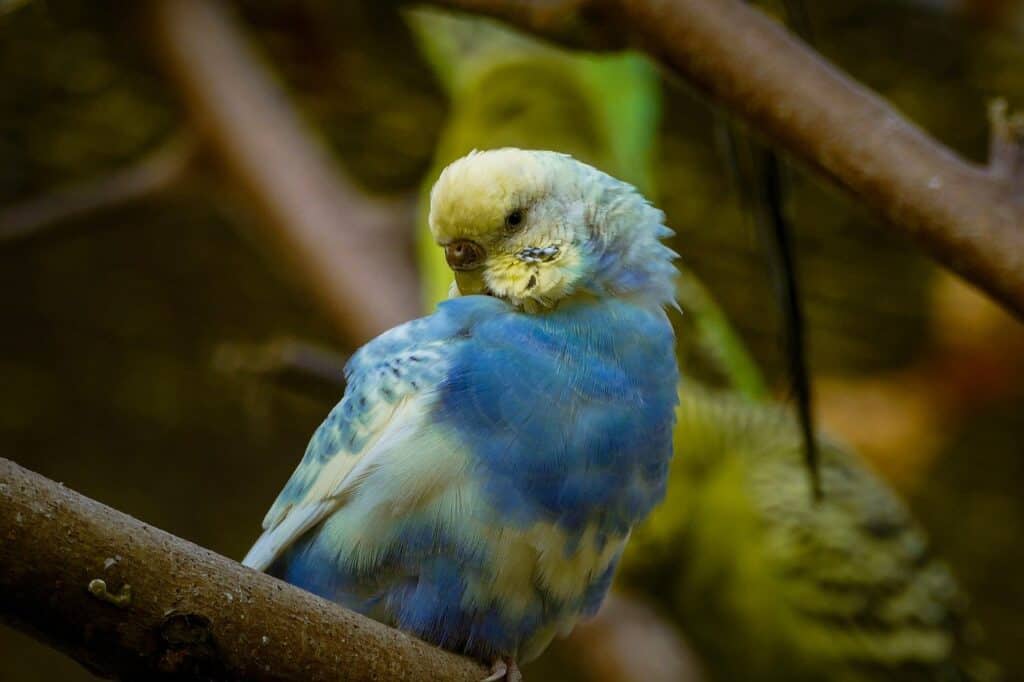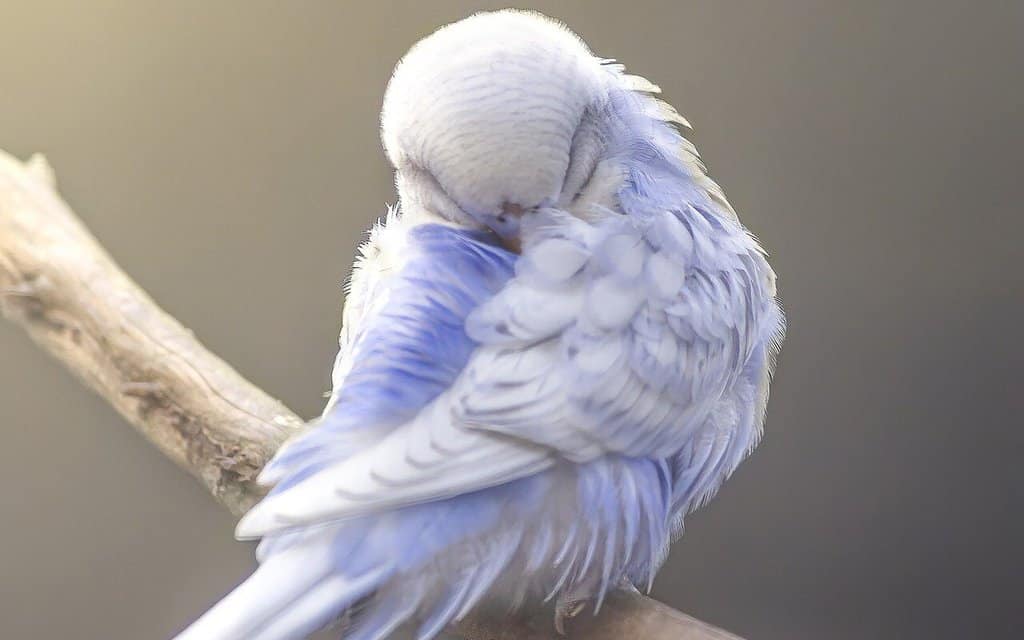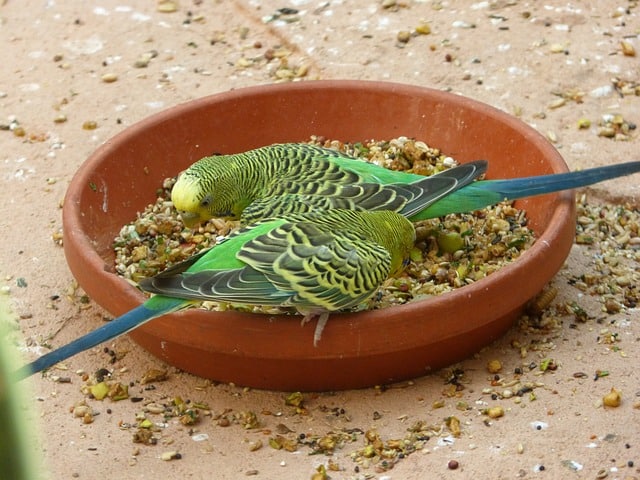Budgies, also known as budgerigars or parakeets, are popular pets known for their vibrant colors and playful nature. As responsible budgie owners, it’s crucial to understand the impact of environmental factors on their health and well-being. In this article, we will explore the question, “Can cold weather kill budgies?” and provide insights into how to protect your feathered friends during chilly seasons.
Understanding Budgies’ Natural Habitat
To comprehend how cold weather affects budgies, we must first delve into their natural habitat. Budgies are native to the Australian continent, where they inhabit arid and semi-arid regions. These areas typically experience warm temperatures and dry climates, making budgies well-adapted to hot conditions. Their bodies are designed to withstand high temperatures and conserve water efficiently.
The Vulnerability of Budgies to Cold Weather
While budgies are resilient birds, they are susceptible to extreme temperature variations, especially when exposed to cold environments. Budgies have a higher body temperature than humans, hovering around 104°F (40°C). Sudden drops in temperature can disrupt their thermoregulatory system, leading to potentially life-threatening conditions.
They are adapted to warmer climates and are generally more comfortable in temperatures between 65 to 80 degrees Fahrenheit (18 to 27 degrees Celsius). While they can tolerate some cooler temperatures, extreme cold can be detrimental to their health.
Temperature range causing death in budgies
If the temperature drops below 50 degrees Fahrenheit (10 degrees Celsius), budgies can start experiencing discomfort. Prolonged exposure to temperatures below this range can lead to serious health issues and even death. It’s important to provide adequate heating and insulation for your budgies during cold weather to ensure their well-being
The Effects of Cold Weather on Budgies
- Hypothermia: Budgies are prone to hypothermia, a condition in which their body temperature drops dangerously low. Prolonged exposure to cold temperatures can cause their internal organs to shut down, leading to severe health complications or even death.
- Respiratory Problems: Cold weather can weaken budgies’ immune systems, making them more susceptible to respiratory infections. Drafty environments can aggravate existing respiratory conditions, leading to coughing, sneezing, and difficulty breathing.
- Feather Puffing: When budgies feel cold, they fluff up their feathers as a defense mechanism to trap air and create an insulating layer. However, if they remain in a cold environment for an extended period, this may not provide sufficient protection, leaving them vulnerable to the cold.
Signs of Discomfort in Budgies
It’s essential to be aware of the signs that indicate your budgie may be uncomfortable or experiencing distress due to cold weather:
- Shivering or trembling
- Fluffed-up feathers for extended periods
- Decreased activity and lethargy
- Loss of appetite
- Respiratory distress (e.g., wheezing, labored breathing)

Protecting Budgies from Cold Weather
Now that we understand the risks of cold weather on budgies, let’s explore some measures you can take to safeguard their well-being during chilly periods:
Optimal Temperature
Maintain a consistent temperature range between 65°F to 85°F (18°C to 29°C) in the room where your budgies are housed. Use a reliable thermometer to monitor the temperature accurately.
Avoid Drafts
Ensure the cage or aviary is located away from windows, doors, and drafty areas. Drafts can significantly lower the temperature and increase the risk of respiratory issues.
Provide Adequate Bedding
Place a layer of clean, dry bedding material on the cage floor to insulate against the cold. Suitable bedding options include paper-based bedding or wood shavings specifically designed for birds.
Cover the Cage
During cold weather, cover a portion of the cage with a blanket or a specially designed cage cover. This helps create a warmer microclimate within the enclosure and shields budgies from drafts.
Warm Lighting
Install a safe, low-wattage heat lamp or infrared bulb near the cage to provide additional warmth. Ensure the light source is positioned at a safe distance to prevent overheating or accidental contact.
Heating Pads or Panels
Another option is to use bird-safe heating pads or panels designed specifically for bird enclosures. These provide gentle, localized heat that helps maintain a comfortable temperature for your budgies.
Monitor Humidity
Cold weather often leads to lower humidity levels, which can dry out your budgies’ respiratory passages. Use a humidifier or place a shallow water dish near the cage to increase humidity and prevent respiratory issues.
Regular Health Check-ups
Schedule regular visits to an avian veterinarian to ensure your budgies are in good health. Cold weather can exacerbate existing health conditions, so timely check-ups are essential.

Conclusion
In conclusion, budgies are susceptible to the adverse effects of cold weather. Temperatures below 50°F (10°C) can lead to hypothermia, respiratory problems, and discomfort in budgies. As responsible pet owners, it is our duty to protect our budgies from harsh weather conditions. By maintaining an optimal temperature range, avoiding drafts, providing adequate bedding, and implementing additional heating measures, we can ensure their well-being throughout the cold seasons.
FAQs
1. Can budgies survive outside during winter?
Budgies are not well-suited to extreme cold and should not be kept outdoors during winter. They require a controlled environment to thrive and should be kept indoors where the temperature can be regulated.
2. What temperature is too cold for budgies?
Budgies are most comfortable when the temperature ranges between 65°F to 85°F (18°C to 29°C). Temperatures below 50°F (10°C) can be too cold for budgies and may pose health risks.
3. How can I tell if my budgie is too cold?
Signs of discomfort in budgies due to cold temperatures include shivering, fluffed-up feathers, decreased activity, loss of appetite, and respiratory distress. Monitor your budgie closely for these signs and take appropriate measures to warm them up if necessary.
4. Can I use a regular heater to warm up the room for my budgie?
It is not recommended to use regular heaters or space heaters in the vicinity of your budgie’s cage. These heaters can produce dry air or emit fumes that are harmful to budgies. Instead, opt for bird-safe heating options specifically designed for avian use.
5. Should I use a heat lamp or heating pad for my budgie?
Both heat lamps and heating pads can be suitable options for providing warmth to your budgie. However, it’s crucial to use bird-safe and low-wattage heat sources to prevent overheating or accidental burns. Consult with avian experts or veterinarians to determine the best heating solution for your budgie.
Related post How to Care For a Budgie? (Complete Guide)












